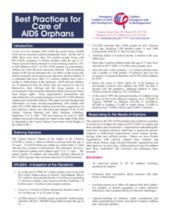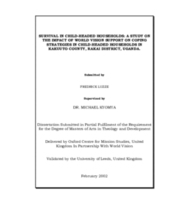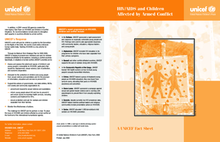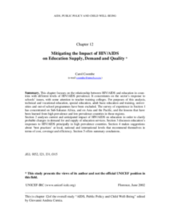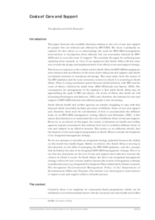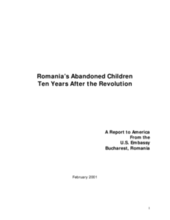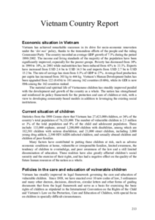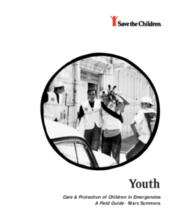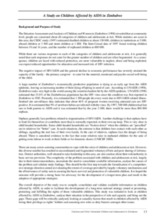Displaying 391 - 400 of 412
Brief overview of successes, challenges, threats and programmatic best practices in addressing the needs of children affected by AIDS.
This paper presents a study in Uganda on the effects of NGO interventions, and focuses on coping strategies in child-headed households (CHHs) and on community support systems.
Outlines links between HIV/AIDS and armed conflict, with emphasis on their joint impacts on children. Summarizes key priorities for dealing with HIV/AIDS, children, and conflict.
Documents the nature of sexual abuse against girls in Zambia, why it continues to happen, and the links with HIV infection. Outlines policies for prevention and details what each relevant organization on the ground is doing (or not doing) to address the problem.
Outlines the relationship between HIV/AIDS and education in order to clarify probable changes in demand for and supply of education services. Includes a discussion of responses and best practices.
Discussion of the cost of care and support for children affected by HIV/AIDS in South Africa, with a recommendation for the combined use of state based interventions and community based solutions.
An account of the massive child welfare crisis in Romania which erupted from a movement in Romania during its communist regime to institutionalize thousands of children. This paper also reports the efforts of NGO’s, PVO’s and the international communities to reverse the damage after the fall of communism and also where the efforts need to be directed.
Country report of Vietnam on the situation of children in residential care in anticipation of the Second International Conference on Children and Residential Care: New Strategies for a New Millennium, to be held in Stockholm 12 – 15 May 2003.
An overview of the key challenges surrounding youth in crisis and the framework for dealing with these issues based on Save the Children principles in youth programming. Includes detailed examination of international programming examples.
The overall objective of the study was to compile, consolidate and validate available information on children affected by AIDS, in order to facilitate the development of a long-term national strategy aimed at promoting, protecting and fulfilling the rights of these vulnerable children in Zimbabwe.

